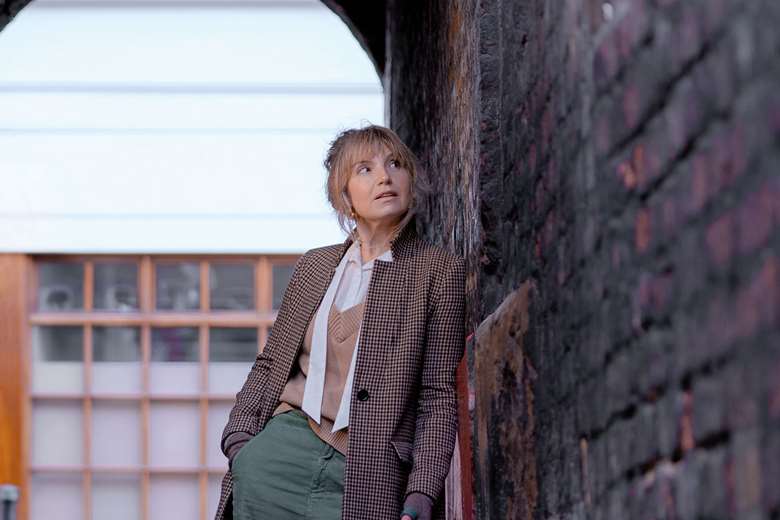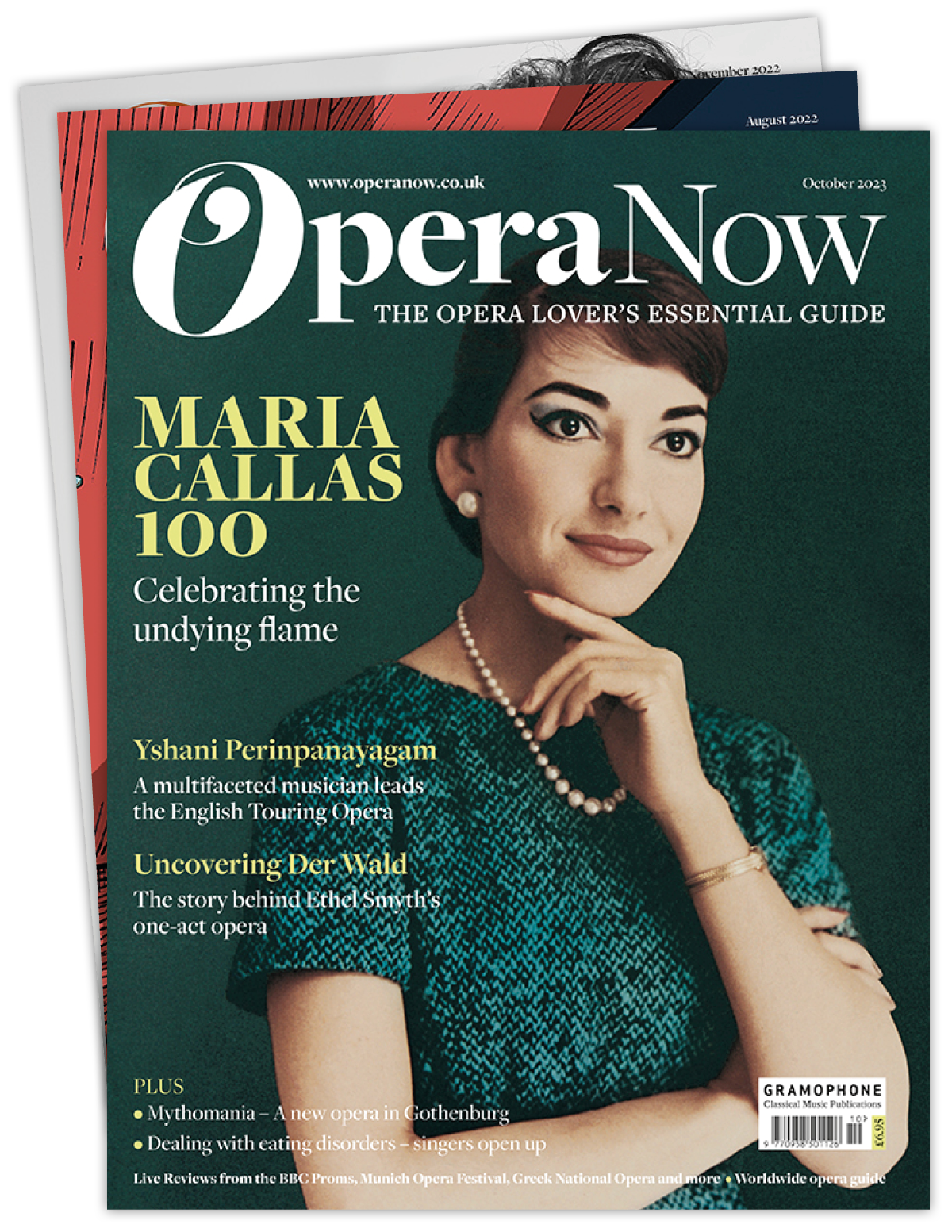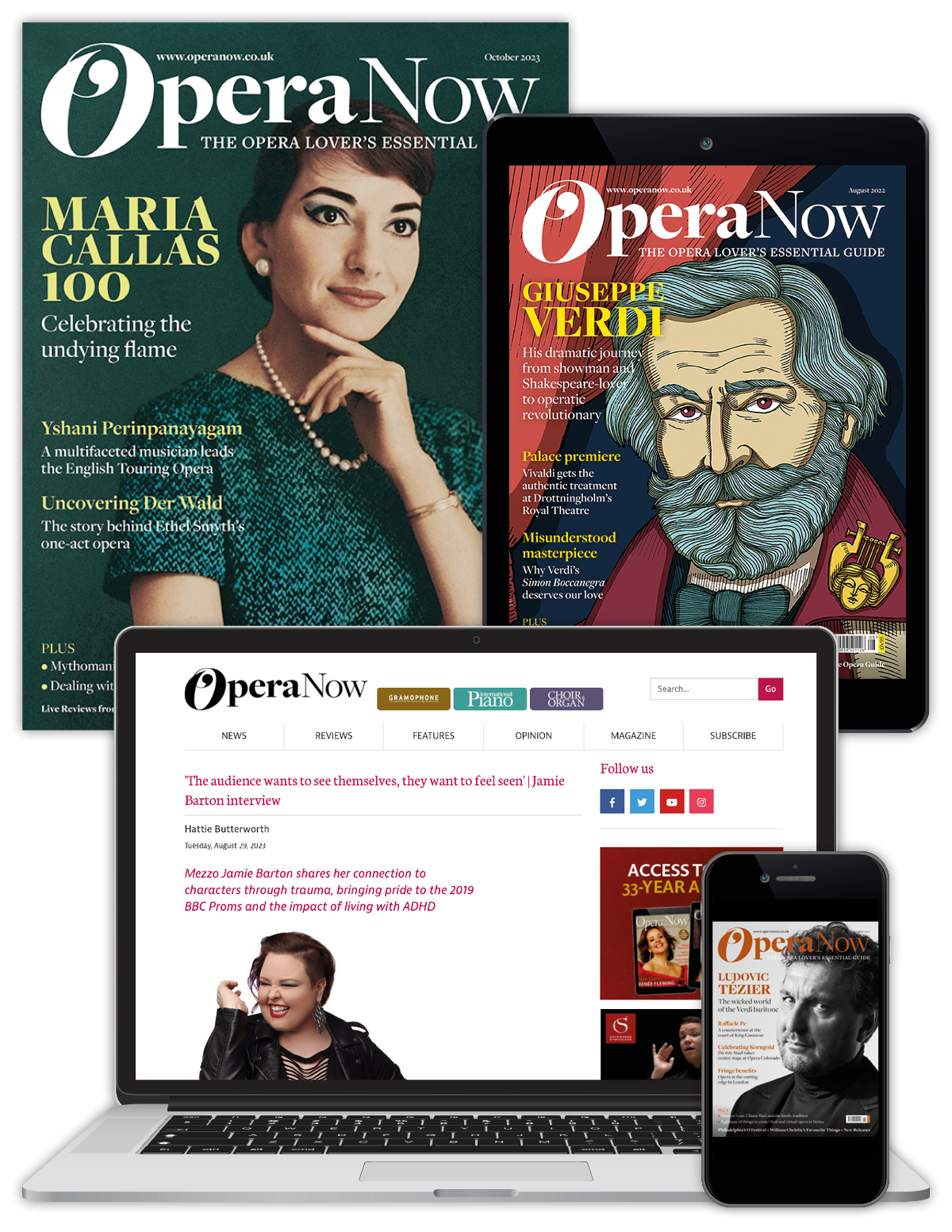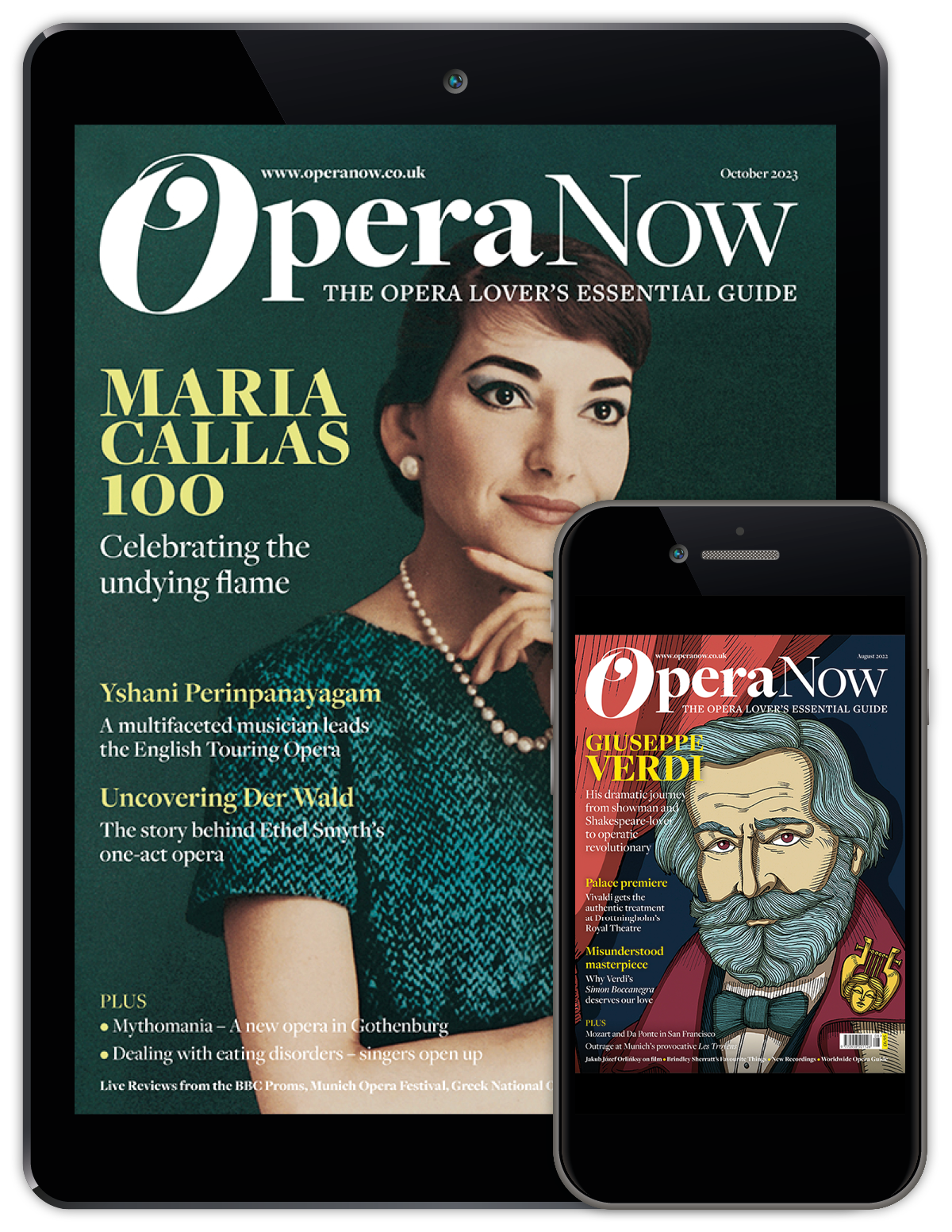'Exploring opera as a children’s cultural product is perhaps mostly a question of gatekeeping and access'
Claire Booth
Thursday, February 6, 2025
Beyond Hansel and Gretel: developing opera for children is a question of removing gatekeeping and improving access

Considered by many as an oxymoron, children’s opera doesn’t sit well with media outlets who would prefer to see any version of the artform at the furthest end of culture’s accessibility spectrum. Classical composers have long directed their energies towards children either as muse or audience: see Schumann’s Kinderszenen, Ravel’s L’enfant et les sortilèges, Poulenc’s L’histoire de Barbar or more recently Dove’s Adventures of Pinocchio. Who are these ‘children’ anyhow? Anyone under 18 as per Unesco guidelines, or primary school Key Stage 2?
The explosion of children’s literature in the 19th century, exemplified by Kipling’s Jungle Book or Sewell’s Black Beauty, took stock of this ‘vulnerable’ audience as a distinct entity to be shaped via culture. A laudable enterprise: we might say the same of music if we look to Britten’s Young Person’s Guide to the Orchestra or Shostakovich’s Silly Little Mouse. However, more recent academics such as Neil Postman point towards an increasing homogenisation between child-centred and adult cultural products. Unfettered access to screen media enables a horizontal rather than hierarchical absorption of knowledge, borne out elsewhere by the rise of products intended to amuse children and adults alike such as mindfulness colouring, Lego, casual fashion and animated feature films.
This can similarly apply to opera: if you consider Massenet’s Cendrillon, Janáček’s Cunning Little Vixen and even Birtwistle’s Minotaur, however complex the musical language might be, such operas are at heart invariably based upon stories that children know or at least relate to. There aren’t actually many operas whose content would be considered inappropriate for children … so do we need to direct them towards operatic versions of The Witches, Le Petit Prince or Fantastic Mr Fox?
But then again, why not? Opera has an incredible capacity for exploring emotions and storytelling, plus the potential to expand young minds in terms of creative sound worlds and even language itself. Opera in translation is often cited as the means of encouraging new and younger audiences to the art form; however, the composer Julian Phillips has explored opera’s potential as an educational language aid in and of itself through his participatory opera, Henny Penny. An internationally recognised folk tale, the work was composed specifically to be performed by primary school children in a range of languages. Arguably, it’s the universality of operatic plots which render the art form the perfect vehicle for exposing audiences of any age to languages and culture other than their own.
Exploring opera as a children’s cultural product is perhaps mostly a question of gatekeeping and access. Scientists agree that children can hear sounds from before birth, and that exposing them to music contributes to child development, increased positivity, socialisation skills and concentration. Indeed, children aged four to six who experience live classical music, are not only more likely to repeat the experience but are 33 per cent more likely to be experimental as adults; yet classical music and opera continue to be subject to societal and media bias as ‘too posh, too long and too expensive’, and to government policy which currently assumes classroom music to be almost extraneous to the school curriculum. My experience with my own children is that they can sit through pretty much anything if it doesn’t last too long.
It won’t surprise you to know that at 45 minutes, Oliver Knussen’s self-proclaimed ‘fantasy’ opera Where the Wild Things Are is one of my favourite examples of an anecdotally adult artform which absolutely brings children into the frame. Productions invariably employ reference to Maurice Sendak’s original illustrations, providing direct stimulus for children and connecting them to his sound world. Knussen himself rebuffed accusations of the music’s complexity for children, stating, ‘When Glyndebourne did it at the National Theatre, the only people who – in my earshot, anyway – complained about the difficulty of the music were some music teachers’. This raises questions of agency amongst children, and whether gatekeepers allow them to sufficiently explore a world which is nominally reserved for adults.
Indeed, opera’s hybridity – its combination of artforms, artists and texts communicating meaning through visual, verbal and aural means – can be the ideal vehicle for children to experience storytelling. Opera houses’ incredible efforts to subvert the prevailing elitist viewpoint and open the artform to children of all ages are to be applauded and encouraged. However, while its perhaps unsurprising that Hansel and Gretel gets top billing at Christmas, it might be worth expanding the operatic diet away from gingerbread and sweets; personally I’ve always preferred a wild rumpus. ON
This article originally appeared in the Spring 2025 issue of Opera Now. Never miss an issue – subscribe today






